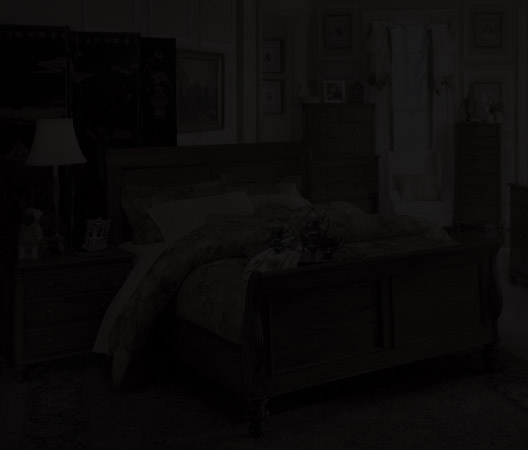When I saw the question, after getting over my disbelief that this sort of subjective nonsense could even be found on the exam, I put down (D) as my answer. I flipped to the back. WRONG. The answer is (A). Are you kidding me!? It was as though the architecture gods-that-be struck me down on the spot with an onyx hammer.
We needn't be reminded that light and shadow allow us to read geometry and form, that perspective lines help detect distance, etc. etc. Sure, smell doesn't tell us the shape of a room, but in prehistoric times it might have meant life or death. That the texture of surfaces do not affect the quality of space is a hard point to sell. But sound! Imagine walking anywhere without the sound of your footsteps, or of other people moving around, delivering cues to your ears about the general shape and depth of a room. Sound can warm up a space, reflected off of soft, absorptive surfaces; or sound can render space cool and steely. What visual tyranny that the sense of sound not measure up to sight!
To test this further, consider two rooms where each sense (vision and hearing) is pushed to its limits:
 |
| Anechoic chamber at Bell Labs |
 |
| Your childhood bedroom |
2. A room with no light reflections. A theoretical space, a black body room where all the walls absorb all light--so there is light, but the walls are impossibly black and featureless/dimensionless. It would be cool to look at your hand, perfectly lit up by this imaginary light source (maybe you are bio-luminescent), but nothing else reflects light. I bet you could last hours sitting there, having no trouble looking into a black space. Maybe you would invent shapes as you did in a dark bedroom as a child.
The absence of the sound qualities in a space, I argue, are more psychologically disturbing than the absence of visual qualities. Furthermore, heinous visual experiences can be fixed by shutting one's eyes. A cacophonous sound experience (unless you are a noise music fan) is, well, pretty much impossible to shut out.
Now, all of these imaginations inspired by a licensing exam! I understand why the question is answered the way it is. Architects simply haven't been trained to use sound as the primary determinant of form. I sincerely doubt these exams are the place to instigate change, but I just had to get a little rant off my chest.

